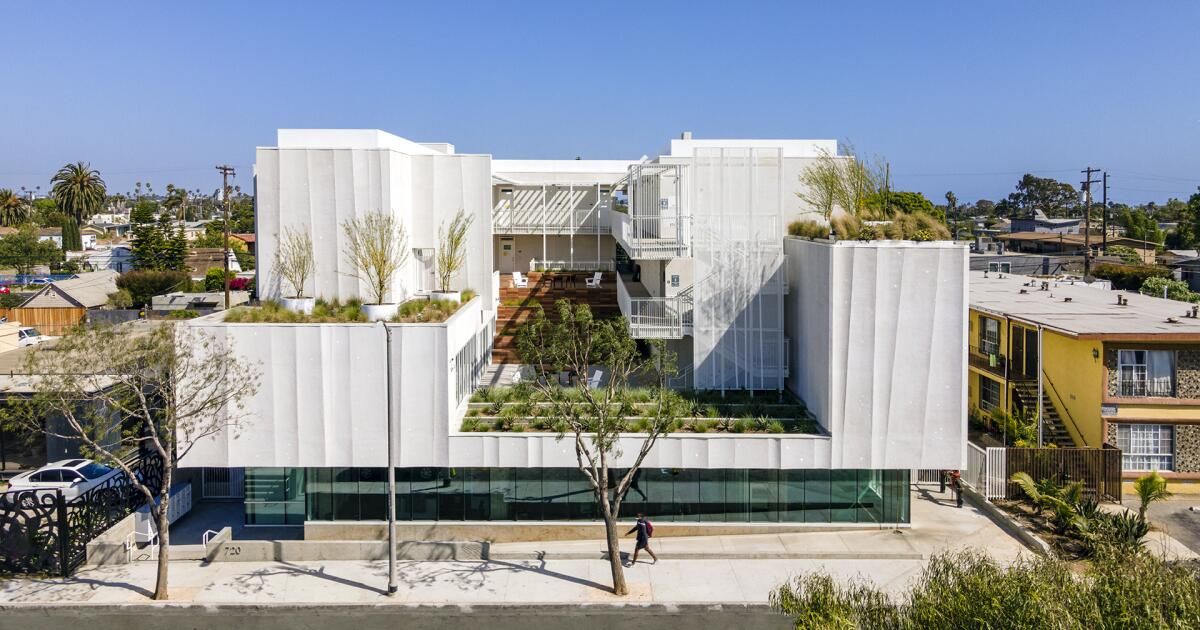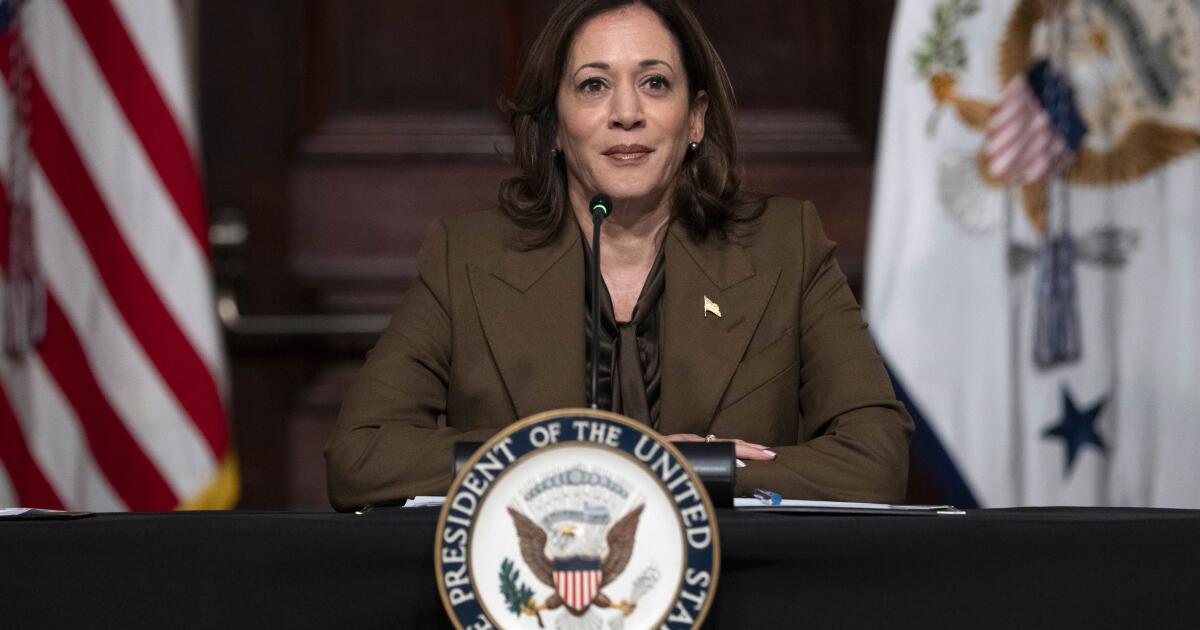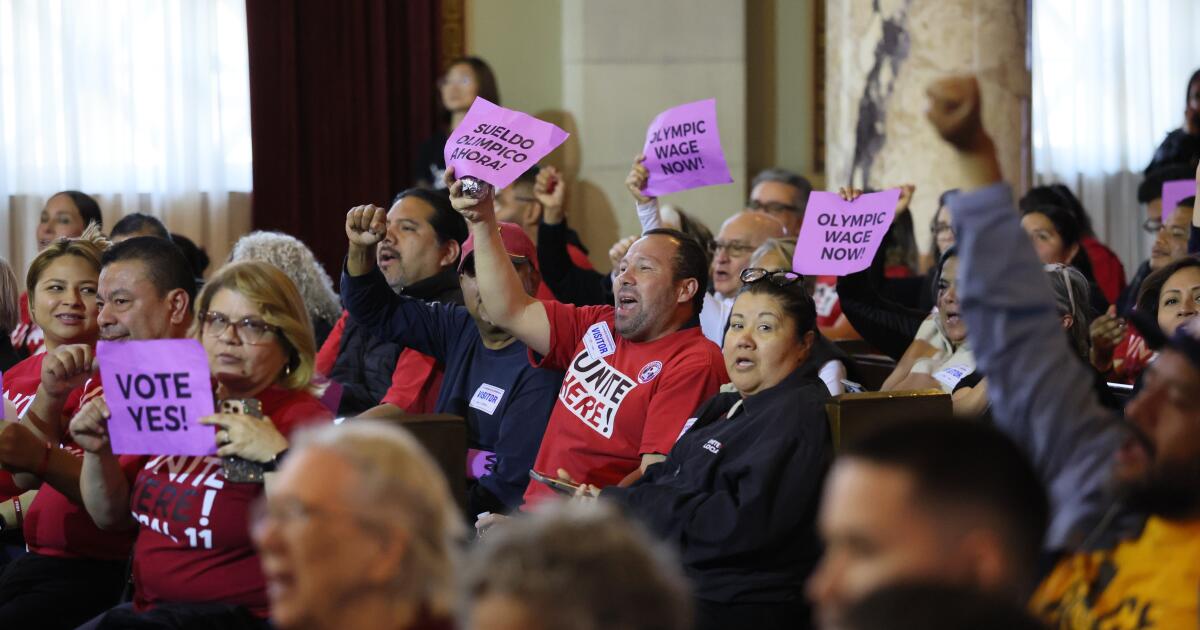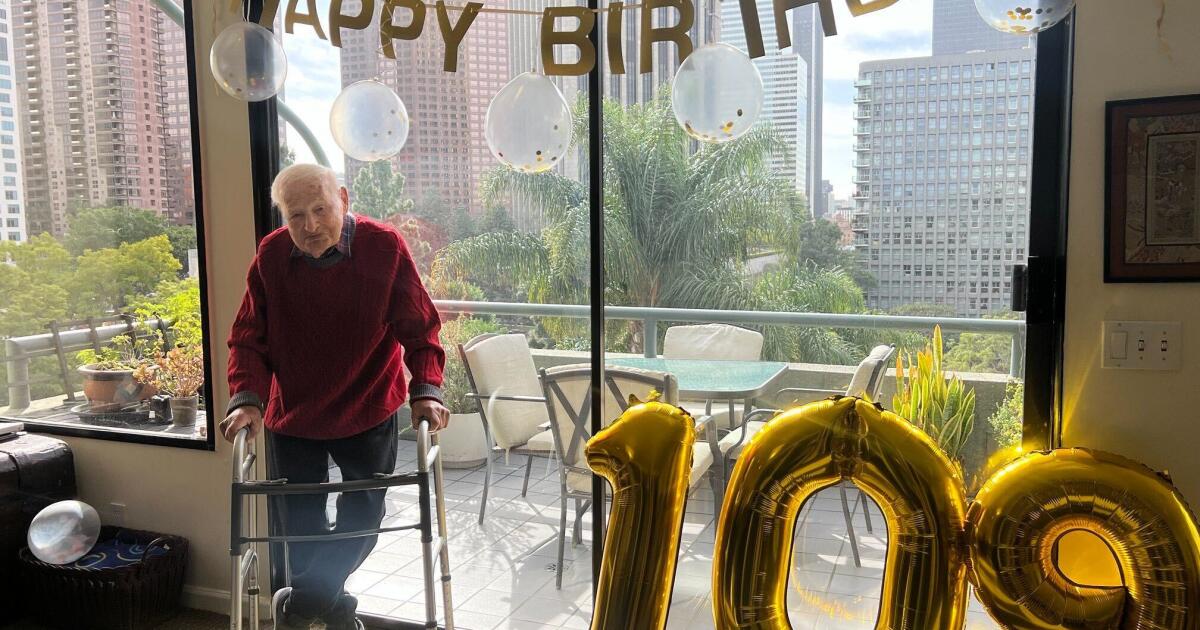In 2021, Los Angeles adopted one of the most ambitious housing plans in California. City leaders pledged to pass pro-development policies and rezone enough land to accommodate 455,000 new housing units, of which nearly 185,000 would be for low-income residents.
The plan could be transformative, and not just because the city is making room for five times as much housing as in previous plans. This aims to comply with fair housing law putting affordable housing in high opportunity communities, such as Encino, parts of Hollywood and the Westside, which have many jobs, good schools, public transportation stops, parks and other amenities. That would be a shift from historical patterns of segregation that concentrated affordable housing in low-income, low-resource communities such as South Los Angeles and the northeast San Fernando Valley.
Now, however, the city is backtracking on its previous ambition: taking single-family zones off the table for new apartments and townhomes.
This decision will reduce the effectiveness of key programs put more affordable housing near public transportation, high-opportunity communities, and so-called “Opportunity Corridors,” which include main streets in thriving neighborhoods such as Westwood, Sherman Oaks, and the Mid-Wilshire area. It also limits the availability of land for low-rise apartments, townhouses and bungalow yards that could soften the visual transition between single-family homes and 4- or 5-story apartment buildings in busy corridors, while filling a need in the residential sectors. average income. real-estate market. These programs are the backbone of Los Angeles' housing plan.
But housing advocates now wonder how Los Angeles can meet state requirements to plan half a million new housing units while reducing segregation. More than 76% of the land in rich neighborhoods It is zoned for single-family homes. Excluding those properties does not leave enough land available to build the amount of affordable and mixed-income housing the city needs.
Instead, developers will concentrate construction on land that is already zoned for multifamily units and will likely displace current tenants by demolishing small, often rent-controlled apartments to build larger complexes. Yes, Los Angeles needs a lot more housing, but the current strategy fuels displacement and gentrification while leaving three-quarters of affluent residential areas intact.
The decision to exempt single-family zones perpetuates unfair land use patterns, a coalition of housing groups wrote last month in a letter to city leadersand means that “most of the city's wealthiest and most privileged areas will remain off-limits to mixed-income multifamily housing development.”
The Planning Department recognized during a public hearing this spring that the changes will reduce the number of sites that can be developed and make it more difficult to achieve equity goals in the housing plan. But, officials said, they were swamped by opposition from owner groups and others, and directed by the City Council eliminate single-family zoning from programs.
It is a pity. Mayor Karen Bass and the City Council cannot simply listen to the loudest voices resisting change. Polls have repeatedly shown that a majority of Angelenos think housing and homelessness are the city's most pressing problems and support building to alleviate the lack of affordable housing, including in single family neighborhoods close to public transportation, jobs, parks and other amenities.
State law requires the housing plan to take effect on Feb. 15, 2025, meaning the policies and programs must be adopted by the City Council and approved by Bass this fall. The Planning Department deserves credit for including many smart, strong programs within the housing plan and for working to a quick timeline.
For example, the plan will help accelerate the construction of affordable and mixed-income apartments on main streets close to public transportation and in more affluent neighborhoods that have historically tried to block multifamily housing. It includes stronger protections for tenants and requirements that when rent-stabilized units are demolished, they be replaced in new buildings. The plan also makes it much easier for religious institutions to build affordable housing on their properties, even in single-family zones.
But by excluding single-family zones from other programs, Los Angeles is hindering its ambitions and wasting the potential to transform the city. The mayor and City Council should order the Department of Planning to put single-family zones back on the table. Los Angeles will not become an affordable and livable city for the next generation if the status quo is protected.












